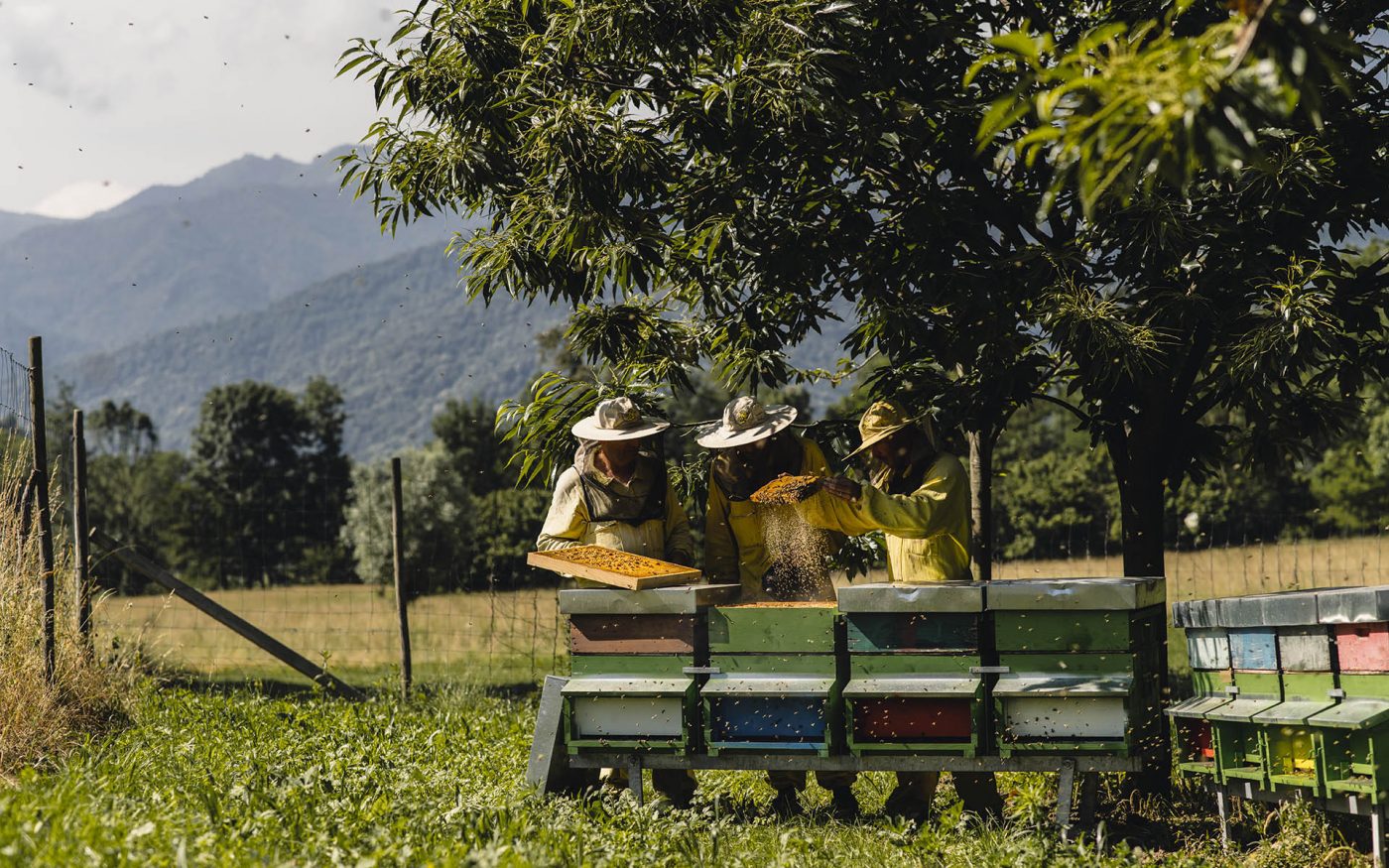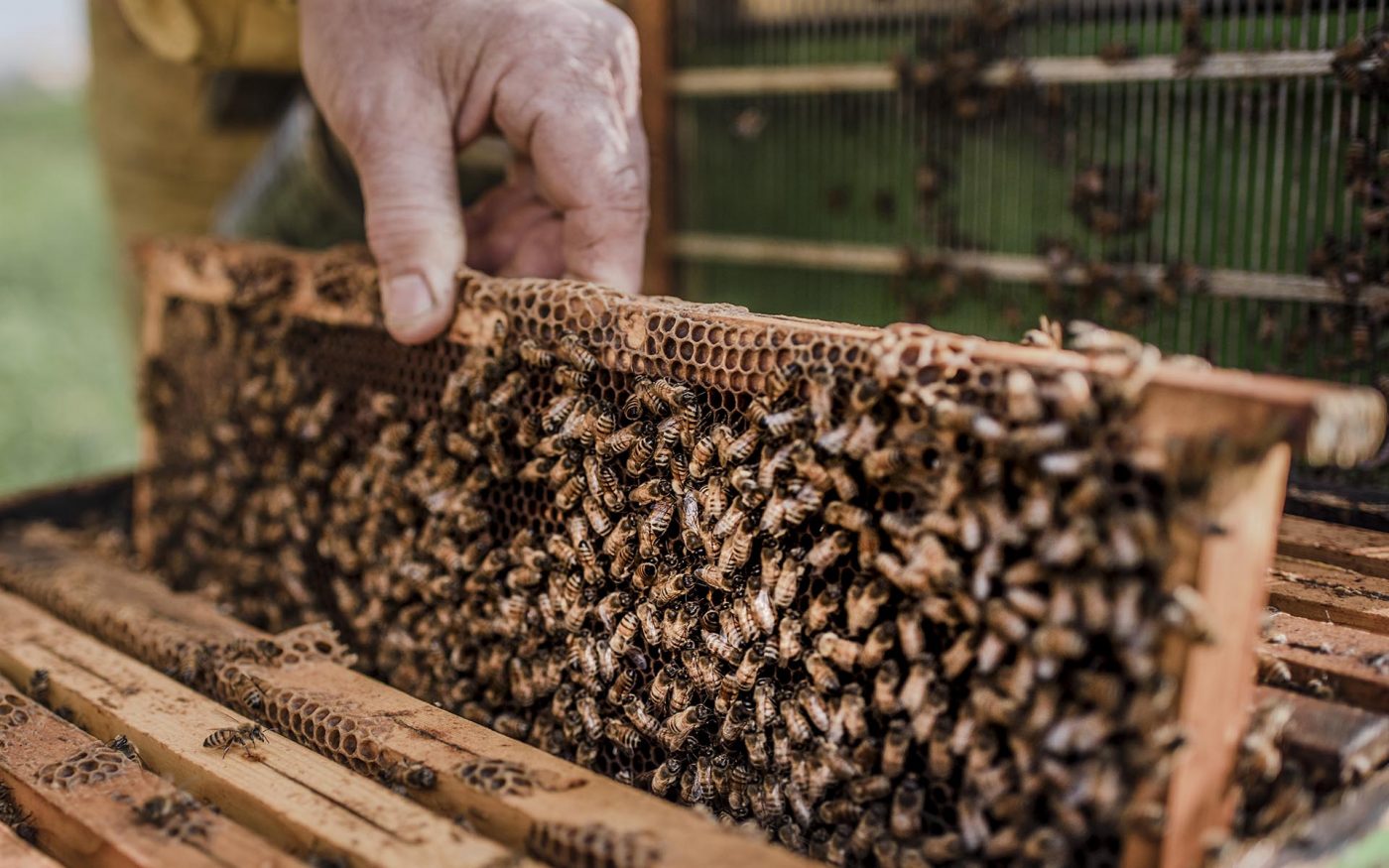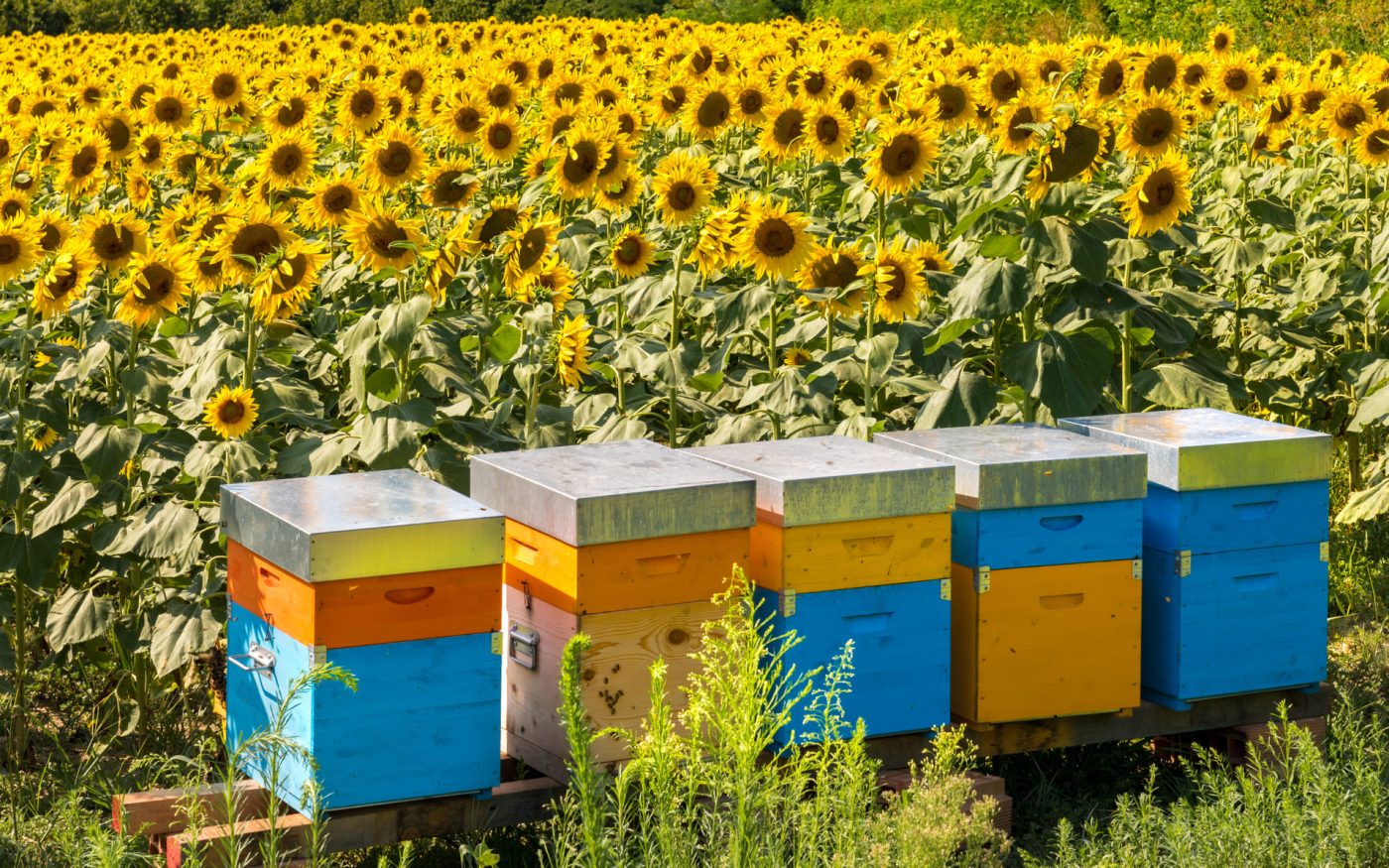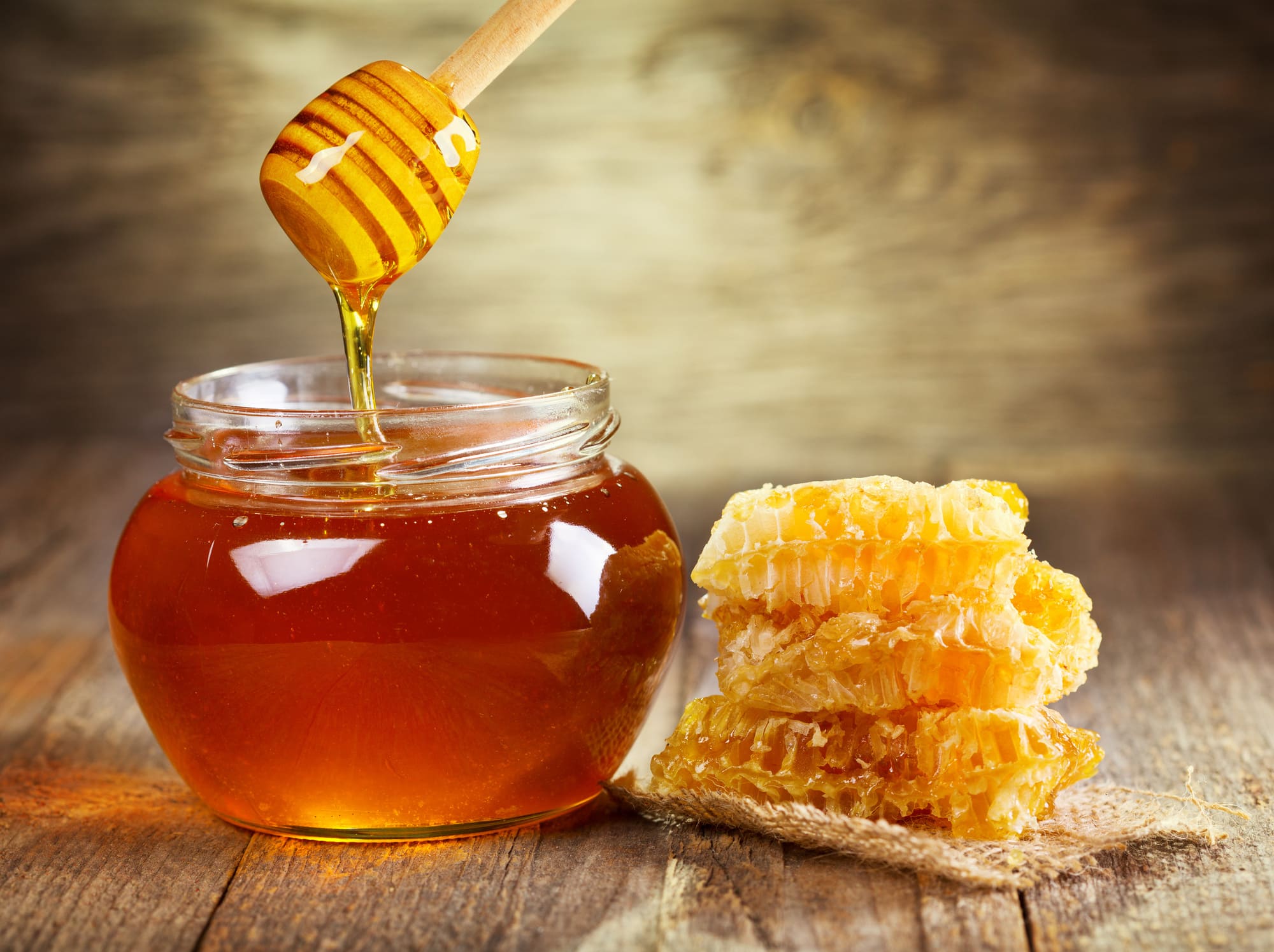Art and culture
Honey Excellence in crisis between climate change and foreign competition


Did you know that more than 60 kinds of honey can be found in Italy? The most common are acacia and wildflower honey, followed by chestnut, orange, linden and honeydew honey, but there are also many other varieties from aromatic plants such as lavender, rosemary and arbutus.
The product, the epitome of sweetness, known for its extraordinary beneficial properties ranging from immune system protection to skin care, is now in severe crisis.
We had a nice chat with Lorena from R’era ‘D Minot to explore the topics ofclimate change impacts, sustainable practices, bee health, and strategies to improve honey production and quality.
First of all, let us consider that honey, in the past 10 years, has reduced its production by 75%. A very disturbing figure, needless to turn around.
In addition, the big problem for Italian honey is sales, especially wholesale, which is the basic economy for honey companies.

The sad reality is that the consumption of Italian honey has decreased significantly because it costs significantly more compared to foreign honey.
A jar of Italian honey ranges in price from approximately 5.00 € to 7.00 € while that which arrives from Eastern Europe and China ranges from 1.80 € to 2.00 € at the most, which is why foreign honeys are preferred, but they are of a different quality, if one can speak of quality.
Even the big Italian brands that just have to pot, prefer the foreign one for a mere matter of cost and benefit.
Honey labeling in Italy is different from other food sectors that require a certified supply chain: currently, under the current legislature, it is sufficient to write whether the product is from the European Union or not.
Unfortunately, in this way, even the most attentive consumer is convinced that they are buying an Italian honey when in fact they are often just honeys “potted” in Italy but produced elsewhere.

There are important differences with foreign countries: a honey produced in Italy is subjected to much stricter controls than in other countries, for example regarding antibiotics and bee feeding.
Choosing to buy Italian honey means buying a higher quality product. The battle of those who protect the industry is precisely to empower consumers to make informed choices.
The main problem for several years has been varroa. It is a very aggressive parasitic mite from China that attaches itself like a tick to bees and sucks out their hemolymph, a substance that circulates within the bees’ bodies and makes it possible for them to survive, killing them or making them too weak to carry out their productive activities.
The female mite enters the brood cells of bees and lays eggs after the cells are operculated, developing along with the bees and potentially transmitting viral agents, with the risk that a heavy infestation could lead to the death of the entire hive.
When a family is overrun by this mite, unfortunately, they die within the month. We cannot eliminate it, but the risks of contamination can be lowered through two interventions: medicated strips and brood blocking.
Medicated strips are veterinary medicines that attack the parasite. The treatment is quite simple and consists of using a pair of strips per hive by hanging each strip between two combs of honey stocks. The problem is that it is insecticide so the bees themselves also suffer.
The brood block technique is among the most widely used by beekeepers, especially in combination with the use of oxalic acid.

This organic acid is one of the most effective treatments against varroa, but it works only on foretic varroa, i.e., those found on adult bees, and cannot eliminate varroa inside closed cells.
Brood blocking is a very effective and simple technique to perform, so much so that it is already taught in beginner beekeeper courses, offering a useful tool even for those new to beekeeping.
To achieve this blockage, it is necessary to make the queen for about 20 days stop laying by using special cages to confine the queen and prevent her from laying.
One of the biggest innovations of the last decade is beehive scales. These devices are particularly useful for nomadic beekeepers, allowing them to monitor bees without having to physically visit the apiary every week.
The hive scales can be used on up to four hives and provide crucial information such as the amount of food consumed by the bees, honey production, and general colony activity.

This data allows beekeepers to know if the bees are working, if they need feeding, or if there are problems that need immediate attention.
There are other emerging technologies that help beekeeping such as environmental sensors, which are devices that monitor temperature and humidity inside the hive, providing real-time data, and GPS tracking systems, used to monitor hives during transport.
Italian beekeeping is expected to see a recovery in about two decades while the next five are likely to see a decrease in production.
Bees require a mild spring with some rain and temperatures above 18 degrees to forage effectively. Spring frosts and prolonged droughts create unfavorable conditions, making it difficult for them to collect pollen and nectar, which also require the availability of water.

These adverse weather conditions put a strain on bees, compromising their ability to produce and the overall health of the colonies. For this reason, beekeepers are forced to feed bees even during the spring and summer periods because, without supplemental feeding, they would not be able to survive.
To meet these challenges, there are those like R’era ‘D Minot who are looking at diversification as a solution. The goal is to produce a wider and more sought-after variety of specialty honeys.
Diversification can help mitigate risks associated with climate change and meet a market demand that is increasingly interested in unique, high-quality products.
Consumers should be encouraged to visit local farms and buy directly from small producers, thus ensuring product quality and supporting the local economy.
